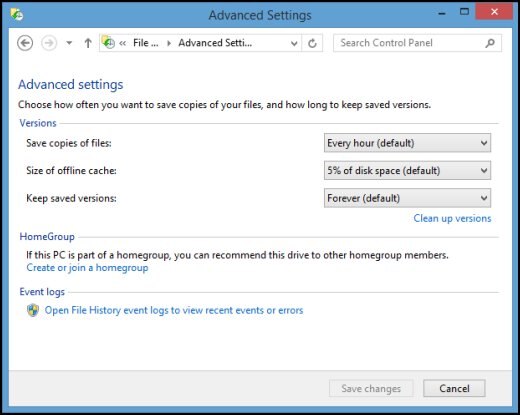

- READYNAS ACROSYNC SETUP SSH PATCH
- READYNAS ACROSYNC SETUP SSH FULL
- READYNAS ACROSYNC SETUP SSH WINDOWS
To configure a second profile, you have to right-click the profile’s tab that is created when you first launch the tool. You can configure a profile for Auto Upload and one for scheduled backups.
READYNAS ACROSYNC SETUP SSH FULL
Although the backup is incremental in nature (to minimize network bandwidth and disk space consumption), each folder appears as a full backup, so it is easier to recover from a previous backup, and more importantly, any old backup can be quickly deleted. If you enable the “Create incremental snapshots” option, Acrosync will create a folder with the date of the backup on the remote machine.
READYNAS ACROSYNC SETUP SSH WINDOWS
Because Acrosync can automatically start a backup profile when Windows boots up, you only have to configure a certain time of the day when your computer is online. This way, you will always have an exact copy of your local folder and all its subfolders on your private cloud drive.Īlternatively, you can schedule backups. Thus, you can sync file deletions and files that another application opened. The tool also supports the propagation of deleted files and the Windows Shadow Copy service.
READYNAS ACROSYNC SETUP SSH PATCH
The “Update destination in-place” option instructs the remote rsync not to create intermediate files and patch the existing files directly. Hence, you can call Acrosync a Continuous Data Protection (CDP) solution. If you select Auto Upload, Acrosync will automatically detect changed files and upload them to your Linux machine. All in all, I needed about five minutes for the entire procedure, including the time to understand how Acrosync works and to create a new Linux EC2 instance in AWS.Īll you have to do is enter the address of your Linux box and your credentials (the tool also supports public key authentication), and then configure the local and remote folder. Thus, if you don’t trust Dropbox and company with your backups, you can use Acrosync to build your own little cloud drive in almost no time. Some cloud providers even offer small Linux VMs for free. I think this option is interesting because nowadays you can easily rent Linux VMs in the cloud for an apple and an egg. The other question is why you’d want to back up data from a Windows computer to a Linux machine. This won’t happen with Acrosync because all its settings fit on a single screen. On the other hand, many GUI backup solutions are so overloaded with features that configuration errors are virtually programmed. Nothing is more annoying than urgently needing a backup only to discover that your backup script contained a little bug. This is important if you want to use the sync tool for backups. This not only saves time when you want to quickly implement a sync solution between a Windows and a Linux machine, but it also has the advantage that configuration errors are less likely because you see all your settings at a glance. Nevertheless, Acrosync’s strength is that it has an easy-to-use GUI. ( Acrosync doesn’t require Cygwin.) As far as I know, PowerShell still lacks a native rsync cmdlet. Cygwin is not really lightweight and you usually need some time to get familiar with it. If you have been looking for ways to run Linux commands on Windows, you probably worked with Cygwin.


 0 kommentar(er)
0 kommentar(er)
